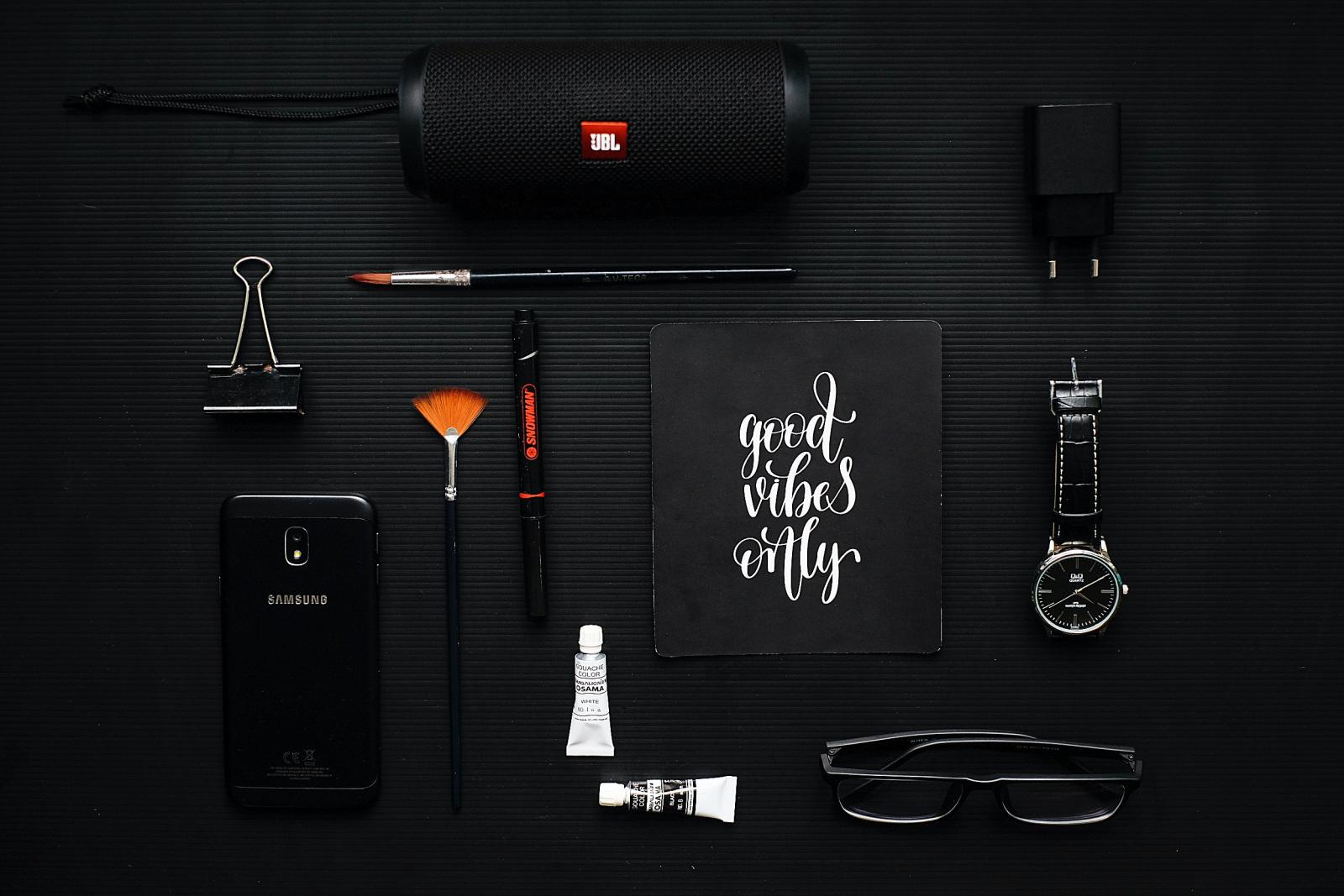Aesthetics

Aesthetics in User Experience (UX) design refer to the visual and sensory appeal of a product, and its role is to create an emotional connection with the user. The aesthetics of a product influence the user's first impression and overall perception of the product. It includes elements such as color, typography, imagery, and other visual elements.
Usage
Aesthetics play a crucial role in establishing a brand's visual identity and creating brand recognition.
Aesthetic elements can evoke emotions, such as joy, excitement, or trust, in the user, making the experience more enjoyable.
Aesthetically pleasing products can make the user feel more comfortable and confident in using the product, improving overall usability.
Aesthetics play a vital role in UX design by providing a visual and emotional connection with the user, improving overall usability, and creating a memorable experience.
Upcoming Events
UX360 Research Summit
10am
UX360 Research Summit 2023 is our new flagship event born out of our 12-year-long experience running the QUAL360 global conference series.

